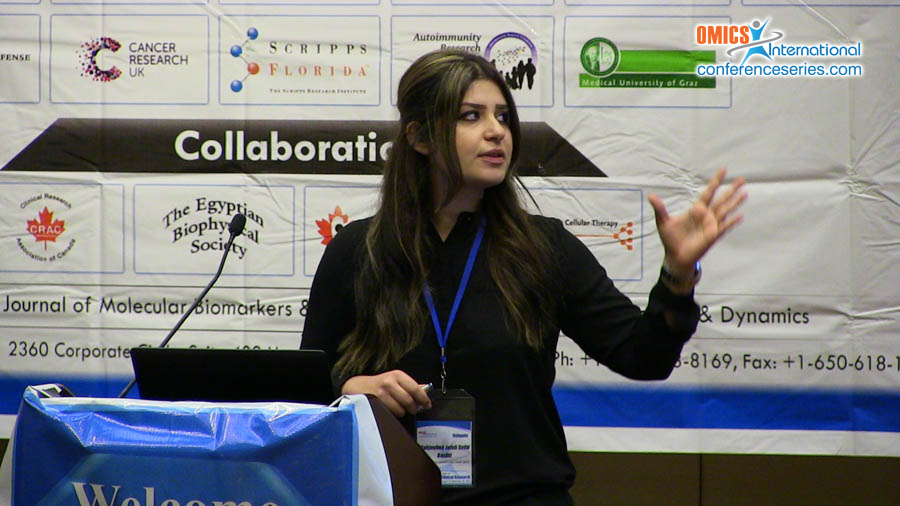
Mahjoubeh Jalali Sefid Dashti
University of the Western Cape, South Africa
Title: Application of clinical exome sequencing and semantic knowledge base approach identifies potential causative variants in a family pedigree with atypical autosomal dominant distal muscular dystrophy
Biography
Biography: Mahjoubeh Jalali Sefid Dashti
Abstract
Distal muscular dystrophy (DD) is a group of genetic muscle-wasting disorders resulting in distal muscle weakness. Candidate gene and region approaches have identified several different causative mutations in a number of families with different recent ancestry. Here, we report on novel functional variants that are strong candidates as the genetic cause of a unique form of autosomal dominant DD in a South African family of admixed ancestry. We performed whole exome sequencing in five affected family members and two (one related and one unrelated) controls which identified ~80000 exonic and splicing variants in each targeted exome. As the disease displays an autosomal dominant pattern of inheritance in the family, we hypothesized that the causative mutation was likely to be a novel heterozygous variant. Therefore, in addition to identifying variants shared by the affected members yet absent in the controls, we also filtered out variants seen in the public SNP databases. This resulted in 124 variants that were further filtered based on their potential deleterious impact on the encoded protein or were at a conserved site to arrive at nine functional nsSNPs and four INDELs. As it did not link any of the mutations to known muscular dystrophy genes, our in-house BioOntological Relationship Graph (BORG) semantic database was used to assess their potential indirect links to the disease based on their documented roles in gene functions, pathways and clinical/knockout phenotypes relevant to DD. This variant prioritization strategy resulted in the identification of two novel mutations that are strong candidates for being the cause of the novel autosomal dominant form of DD.



